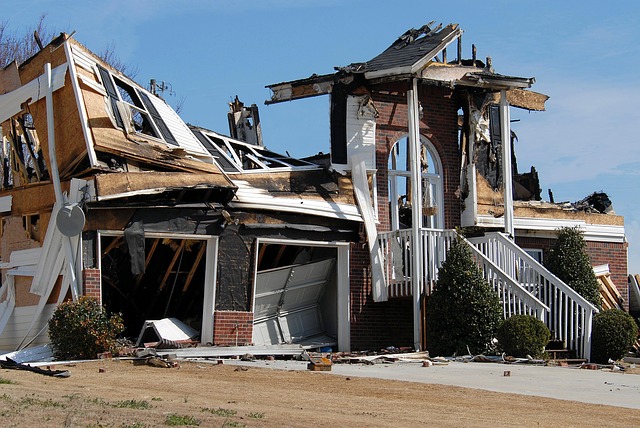The ongoing battle against climate change is one that touches us all; it reaches into the lives of every person, community, and ecosystem on the planet. As global temperatures rise and weather patterns shift unpredictably, we find ourselves not only grappling with the immediate effects of a warming world but also facing the deeply rooted consequences of our actions over the years. One vital aspect of this ongoing struggle is the concept of the Loss and Damage Fund, a critical aid mechanism designed to address the repercussions of climate change, particularly in areas most affected by extreme weather events.
For those living in vulnerable communities, the effects of climate change can feel like an insurmountable wave crashing down, erasing homes, livelihoods, and futures. Rising sea levels threaten coastal regions, while unpredictable droughts can decimate crops and livelihoods inland. These changes are no longer mere predictions but everyday realities for countless individuals around the globe. This is where the Loss and Damage Fund steps in—a beacon of hope in an increasingly uncertain future.
The establishment of a Loss and Damage Fund serves to provide resources to affected nations and communities, helping them recover from the immediate impacts of climate change. It acknowledges that while all countries contribute to global emissions, not all share equal responsibility for the damages incurred. High-emission nations, often better equipped to weather the storm, have a moral obligation to support those who bear the brunt of climate change consequences.
From floods to wildfires, the environment is in a state of upheaval. Natural disasters not only threaten ecosystems but also jeopardize social and economic stability. Communities finding themselves in the floodplain of climate strikes often face the toughest battles—struggling to rebuild infrastructure and restore livelihoods. The Loss and Damage Fund aims to alleviate some of this burden, providing financial assistance for disaster recovery and long-term adaptation strategies.
Moreover, climate change isn’t just an environmental issue; it’s a matter of social justice. By investing in the Loss and Damage Fund, we can ensure that help is directed not just to recovery, but also towards systemic changes that address underlying vulnerabilities. This can involve supporting sustainable agricultural practices, reinforcing infrastructure, and investing in renewable energy—transformations that create resilience and empower communities to withstand future impacts.
As the world moves forward, navigating climate change requires not only acknowledgment of the past but also a commitment to a more equitable approach to the future. The Loss and Damage Fund signifies a turning point in global climate policy—an understanding that collaboration and support are essential in this shared fight. Every contribution counts, and it is our collective responsibility to ensure that no community is left behind in the quest for sustainability.
Facing the reality of climate change is daunting, but there is a growing recognition of our interconnectedness and reliance on each other. As awareness spreads and governments, organizations, and individuals rally to support initiatives like the Loss and Damage Fund, we can harness our collective power to enact meaningful change. Together, we can advocate for policies that not only support recovery and resilience but also drive transformative action toward a healthier planet for generations to come.



